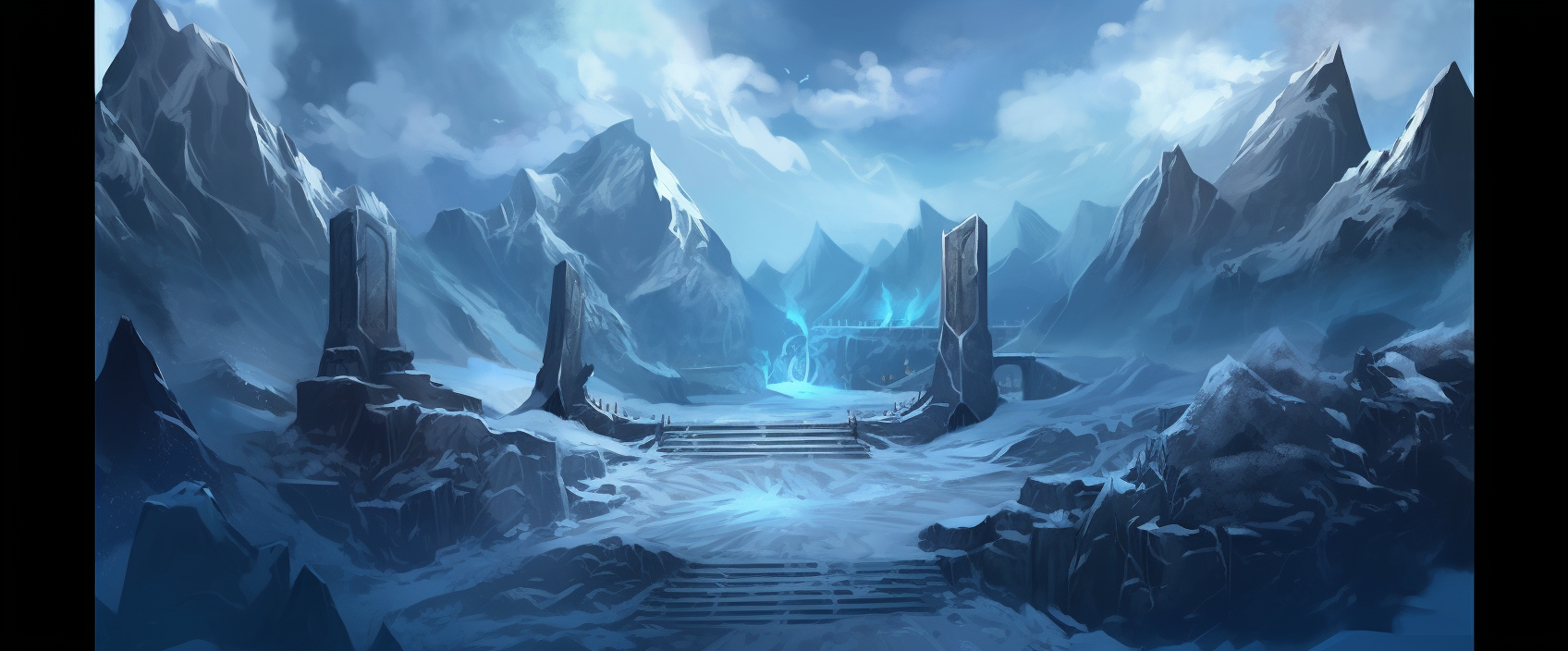NFTs and Gaming: A New Avenue for Creativity

Enter the World of NFTs: Kickstart Your Digital Assets Journey Today
Discover, Invest, and Engage with Comprehensive Cryptocurrency Solutions
Ignite Your Crypto Odyssey Today – Get Your Free NFT Collecting Guide Now!
1. First off
NFTs, or non-fungible tokens, have taken the world by storm. With high-profile sales of digital art and music reaching astronomical prices, it's clear that there is a growing interest in owning and trading unique digital assets. However, NFTs aren't just affecting art and music industries. They're also impacting game design in significant ways.
2. Point 1: Increased Focus on In-Game Items
With the rise of NFTs, game developers are shifting their focus towards creating unique digital items that players can own and trade. This means more effort is being invested into designing these items to be visually appealing and desirable to collect.
3. Point 2: New Revenue Streams for Developers
Game developers can now sell rare in-game items as NFTs, creating a new revenue stream for them. Not only does this encourage developers to produce higher-quality designs, but it also offers players a chance to own one-of-a-kind virtual assets.
4. Point 3: Greater Player Engagement and Loyalty
Players who own unique NFTs in a game can feel more connected to the game's universe and community. The rarity of these items creates exclusivity and prestige among players who have acquired them. This can lead to greater engagement with the game overall as well as increased loyalty towards the brand.
5. Point 4: Opportunities for Cross-Platform Integration
With NFTs, players can potentially own virtual assets across several different games or platforms. For example, an item acquired in one game could be transferred to another game developed by the same company or through partnerships with other studios. This opens up new opportunities for cross-platform integration.
6. Point 5: Challenges Around Fairness and Accessibility
As with any new technology or concept entering the gaming industry, there are challenges around fairness and accessibility. NFTs can lead to pay-to-win scenarios, where players with the most money can acquire the best virtual items, giving them an unfair advantage in gameplay. Additionally, not all players may have the financial means to purchase NFTs and could face exclusivity based on their economic status.
7. Point 6: Impact on Game Design Aesthetics
NFTs may also impact game design aesthetics by favoring flashy or ornate designs over gameplay mechanics. Developers have to balance creating visually impressive digital items with ensuring they enhance gameplay. If not balanced correctly, it could lead to poor game design choices that negatively impact player experiences.
8. In the end
Overall, NFTs are influencing game design in a multitude of ways. They offer new opportunities for revenue streams and greater player engagement while also presenting unique challenges around fairness and accessibility. As time goes on and this technology develops further, it will be fascinating to see how it continues to shape the gaming industry as a whole.